In 1946 the Nuremberg War Crimes Tribunal concluded that without IG Farben the Second World War would simply not have been possible. The Chief Prosecutor, Telford Taylor, warned: "These companies, (BAYER being one) not the lunatic Nazi fanatics, are the main war criminals. If the guilt of these criminals is not brought to daylight and if they are not punished, they will pose a much greater threat to the future peace of the world than Hitler if he were still alive."
"Bayer AG is a chemical and pharmaceutical giant founded in Barmen, Germany in 1863 by Friedrich Bayer and his partner, Johann Friedrich Weskott. Today it has its headquarters in Leverkusen, North Rhine-Westphalia, Germany. It trademarked acetylsalicylic acid as aspirin in 1899. It also trademarked heroin a year earlier, then marketed it world-wide for decades as a cough medicine for children "without side-effects", despite the well known dangers of addiction.
During the First World War, Bayer turned its attention to the manufacture of chemical weapons including chlorine gas, which was used to horrendous effect in the trenches. It also built up a "School for Chemical Warfare". During this time Bayer formed a close relationship with other German chemical firms, including BASF and Hoechst. This relationship was formalised in 1925 when Bayer was one of the chemical companies that merged to form the massive German conglomerate Interessengemeinschaft Farben or IG Farben, for short. It was the largest single company in Germanyand it became the single largest donor to Hitler's election campaign. After Hitler came to power, IG Farben worked in close collaboration with the Nazis, becoming the largest profiteer from the Second World War. Amongst much else, IG Farbenproducedall the explosives for the Germanmilitary and systematically looted the chemical industries of occupied Europe. It's been described as the Nazis' "industrial jackal" following in the wake of Hitler's armies.
During the Second World War, IG Farben used slave labour in many of its factories and mines and by 1944 more than 83,000 forced labourers and death camp inmates had been put to work in the IG Farben camp at Auschwitz in Nazi-occupied Poland. Auschwitz was a vast labour and death camp where more human beings were put to death than were killed in the whole of World War I. It was comprised by 3 main camps: Auschwitz I, a concentration camp; Auschwitz II (Birkenau), an extermination camp in which by 1944 some 6,000 people a day were being killed; and Auschwitz III, which supplied slave labour for the nearby IG Farben plant (Buna-Werke, also known as IG Auschwitz).
IG Farben's Auschwitz plant was a massive industrial complex. The largest outside of Germany, it consumed as much electricity as the entire city of Berlin. Built and run by slave labour, it is thought - at a conservative estimate - to have cost at least 35,000 lives. In 1941, Otto Armbrust, the IG Farben board member responsible for IG Farben's Auschwitz project, told his colleagues, "our new friendship with the SS is a blessing. We have determined all measures integrating the concentration camps to benefit our company." But not only did thousands of slave labourersdie from the conditions in which they worked for IG Farben, those camp inmates who were viewed astoo sick or weak to continue to labour in the IG Auschwitz plant were selectedfor the gas chambers. IG Farben paid 100,000 reichsmarks each year to the SS and in return was assured a continuous supply of fresh slave labour, while being "relieved" of unfit inmates.
Elie Wiesel, the writer, Nobel Laureate and Holocaust survivor, came to Auschwitz in 1944 and was sent with his father to IG Farben's Buna work camp. That same year, the Holocaust survivor and author Primo Levi was among 125 men selected at the railhead for labour at IG's Buna-Werke. One of only 3 survivors from this group, Levi later wrote about his experiences in searing detail: "A fortnight after my arrival there I already had the prescribed hunger, that chronic hunger unknown to free men... On the back of my feet I already have those numb sores that will not heal. I push wagons, I work with a shovel, I turn rotten in the rain, I shiver in the wind, already my own body is no longer mine: my belly is swollen, my limbs emaciated." In Night, Elie Wiesel's acclaimed memoir of his personal experiences of the Holocaust, he describes how veterans of IG's Buna-Werke told those who had arrived there late in the war that the brutal treatment they were experiencing was as nothing to what had previously been endured by the IG work force: "No water, no blankets, less soup and bread. At night we slept almost naked and the temperature was 30 below. We were collecting corpses by the hundreds every day... Work was very hard... [The gangmasters] had orders to kill a certain number of prisoners every day; and every week selection [for the gas chambers] - a merciless selection."
When it came to "selection", it was an IG Farben subsidiary, with IG Farben managers on its Management Committee, that manufactured and supplied Zyklon B to the SS. This poisonous cyanide-based pesticide, on which IG Farben held the patent, was used during the Holocaust to annihilate more than a million people at both the Auschwitz-Birkenau and Majdanek extermination camps. The form of Zyklon B used in the gas chambers was deliberately made without the normal warning odorant. IG Farben also supplied the SS with the Methanol used to burn the corpses.
In 1946 the Nuremberg War Crimes Tribunal concluded that without IG Farben the Second World War would simply not have been possible. The Chief Prosecutor, Telford Taylor, warned: "These companies, not the lunatic Nazi fanatics, are the main war criminals. If the guilt of these criminals is not brought to daylight and if they are not punished, they will pose a much greater threat to the future peace of the world than Hitler if he were still alive." Their indictment stated that due to the activities of IG Farben "the life and happiness of all peoples in the world were adversely affected."Chargesas graveas fomenting war and killing slave labourers were alsoadded. In his opening statement the Nuremberg Chief Prosecutor pointed out that, "The indictment accuses these men of major responsibility for visiting upon mankind the most searing and catastrophic war inhuman history. It accuses them of wholesale enslavement, plunder and murder." CLICK TO READ FULL HISTORY
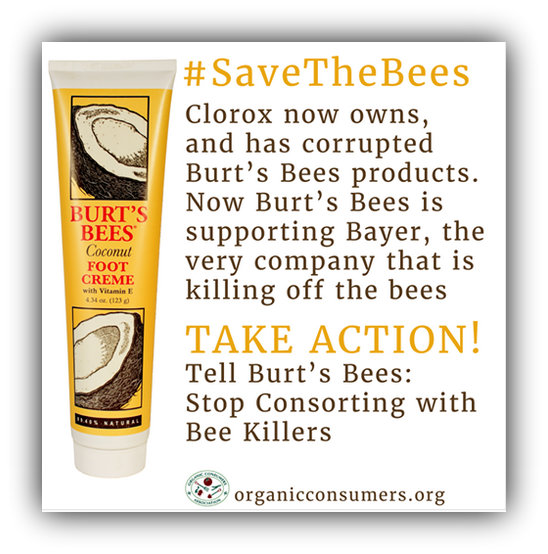
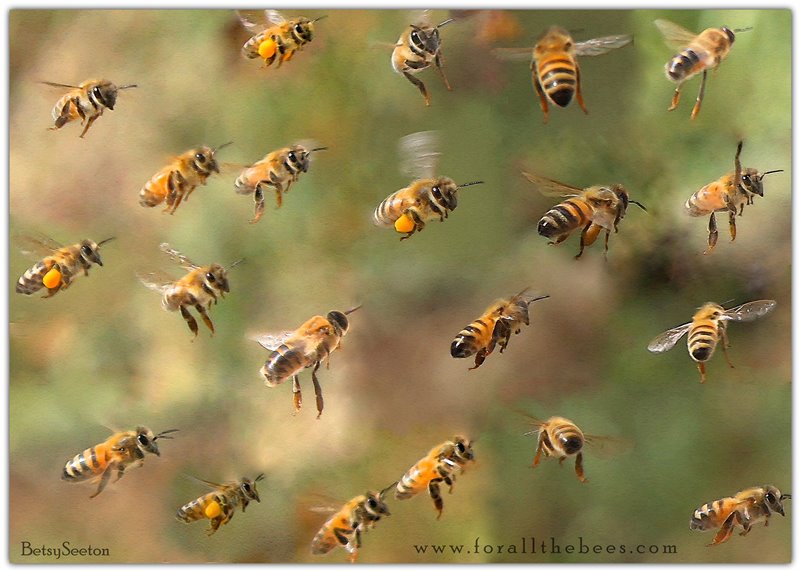
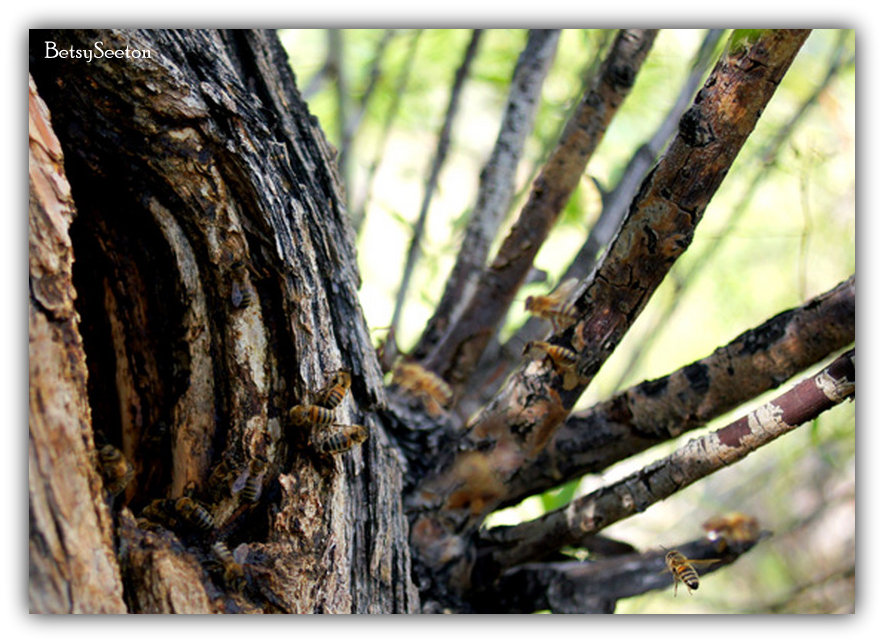
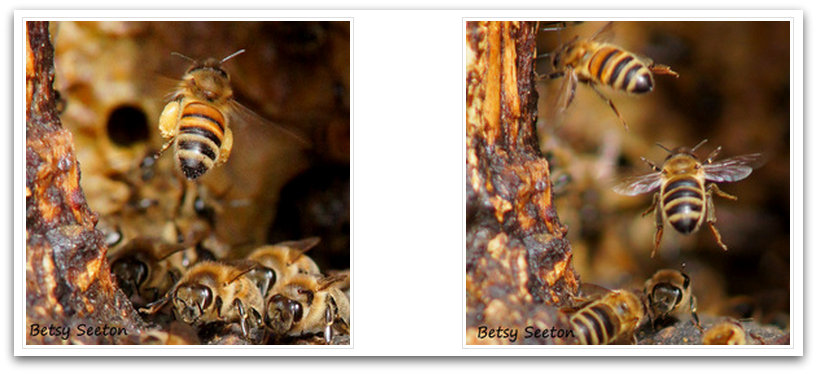
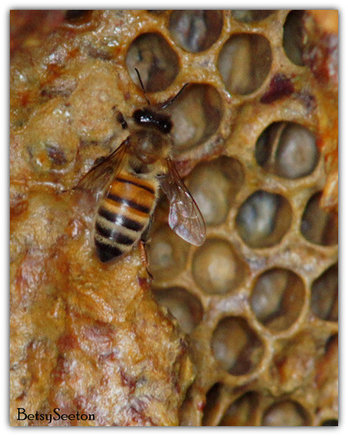
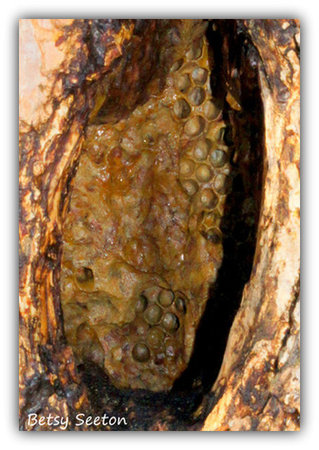

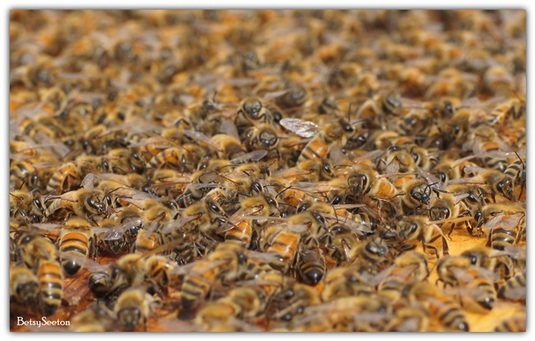
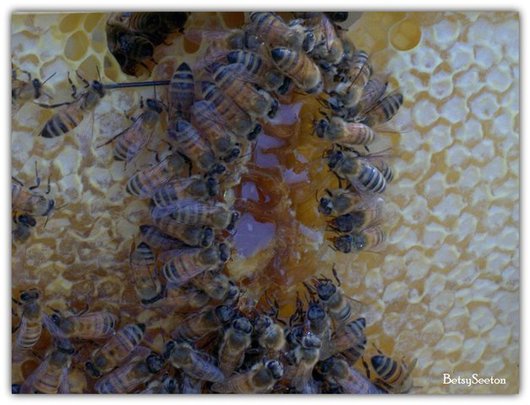
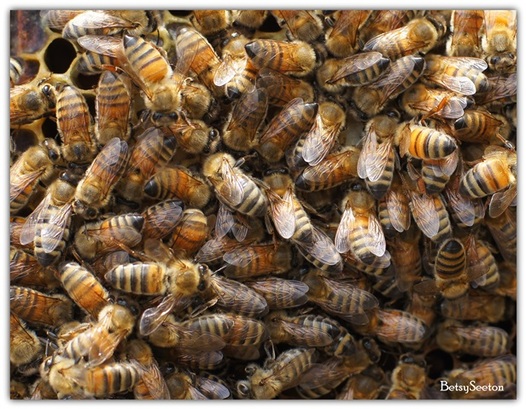
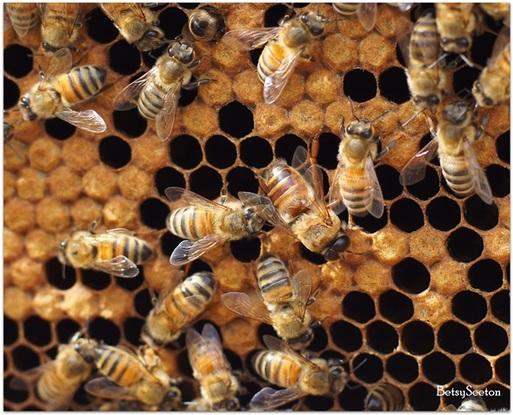
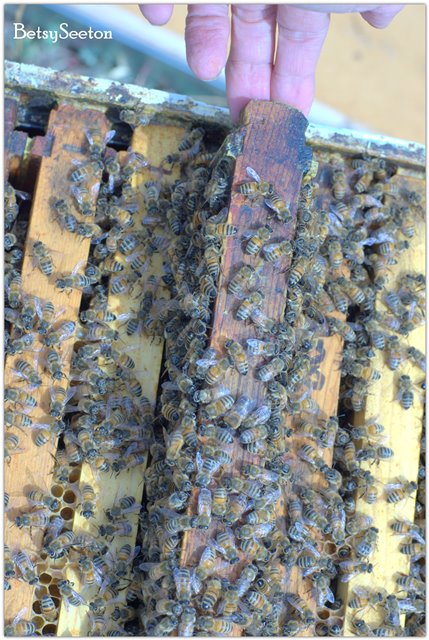
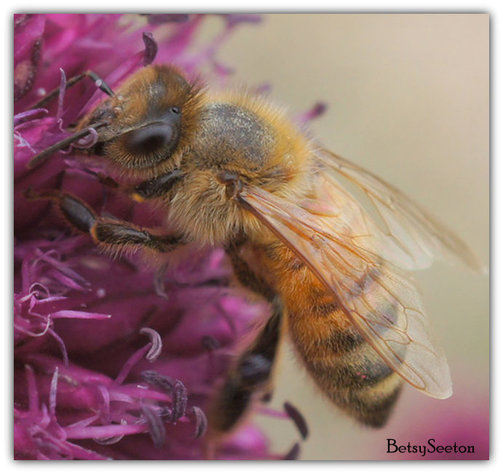
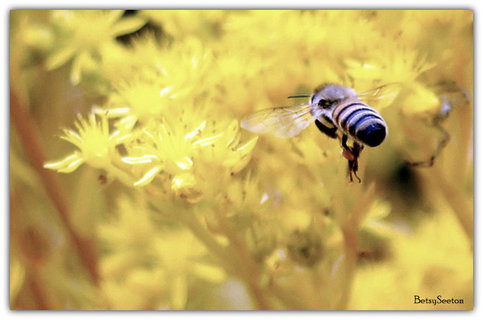
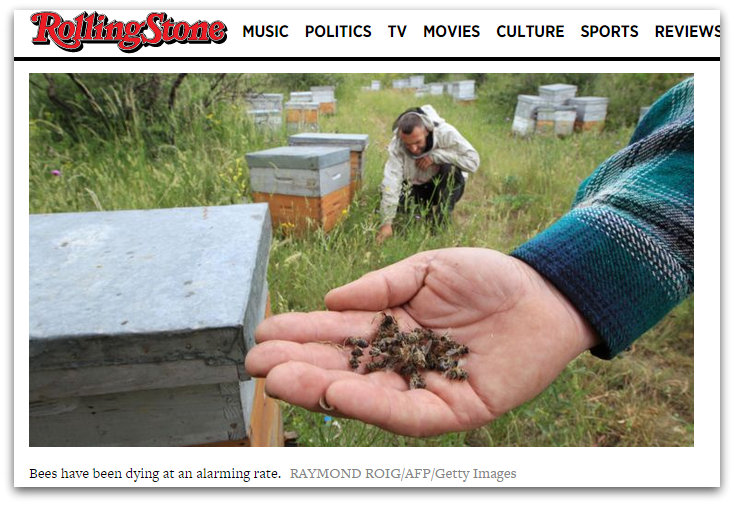
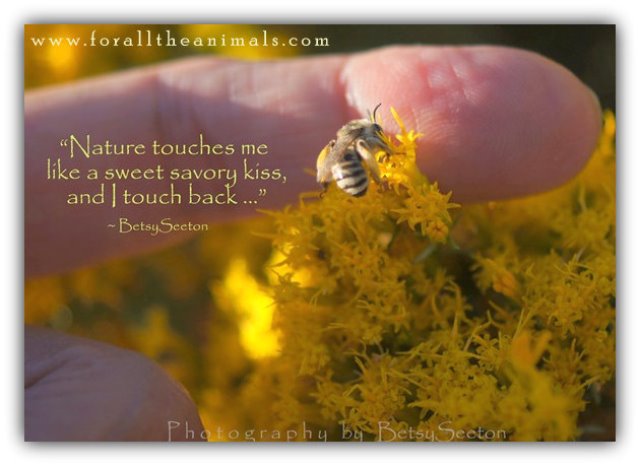
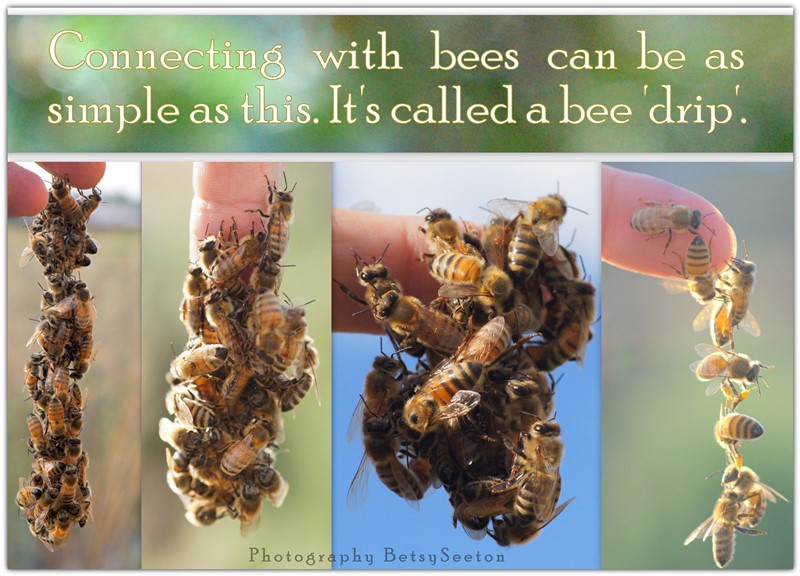
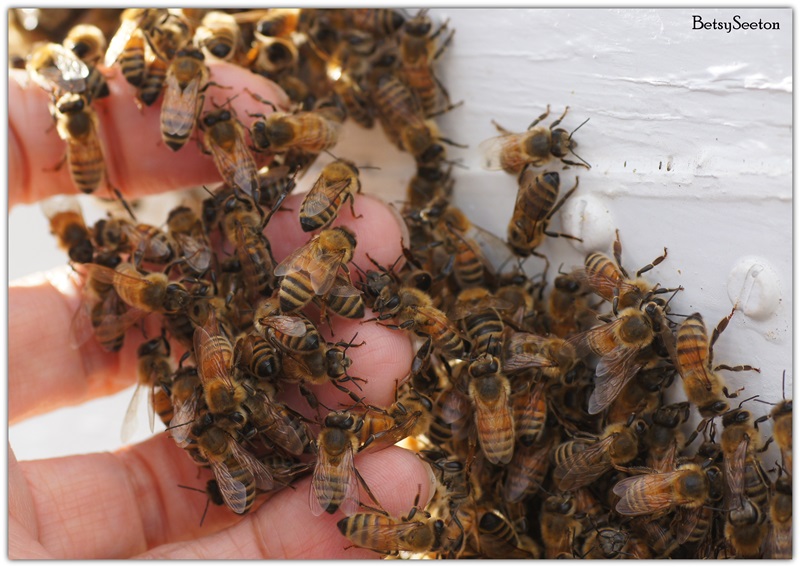
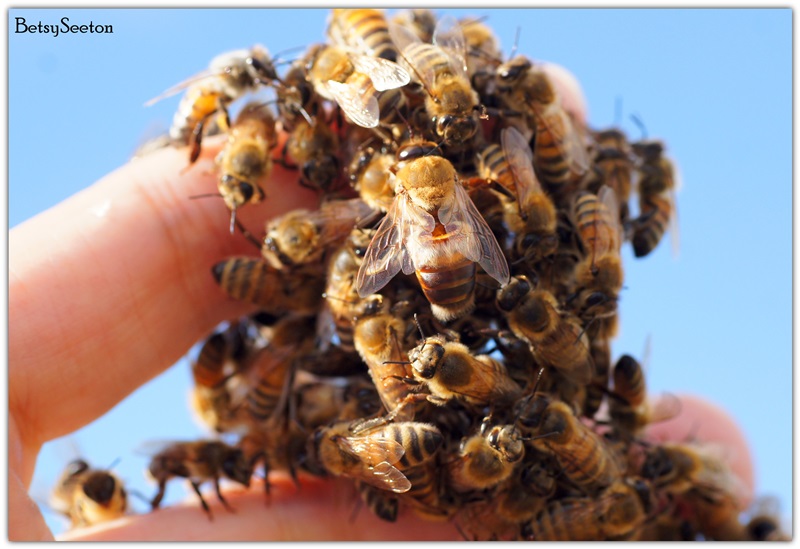
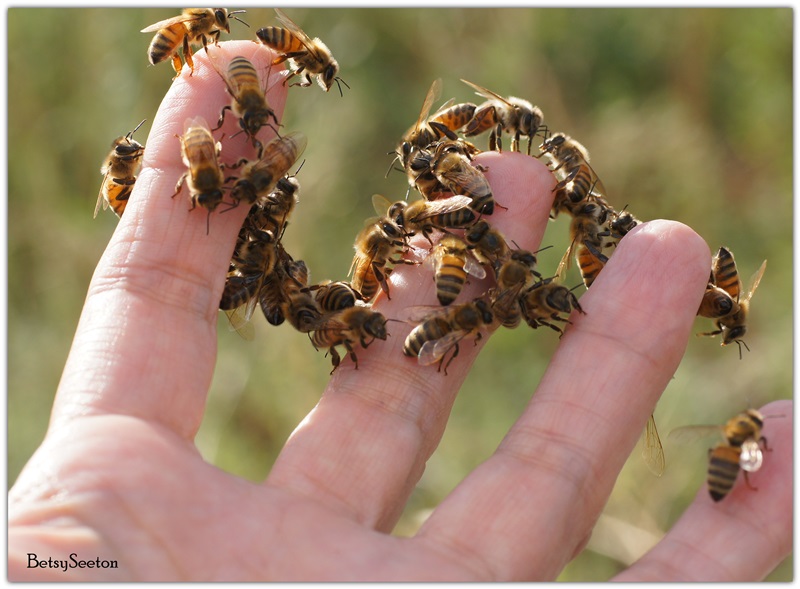
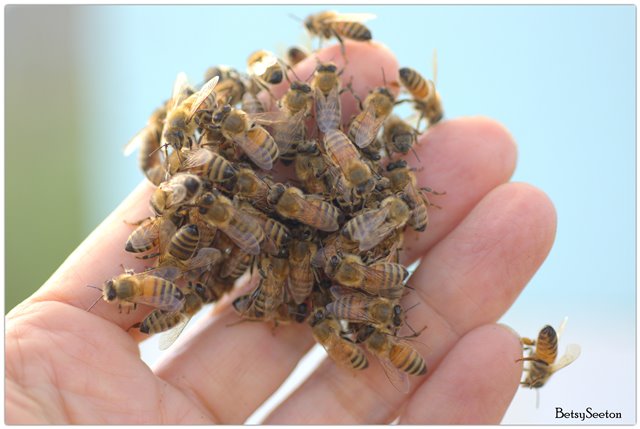
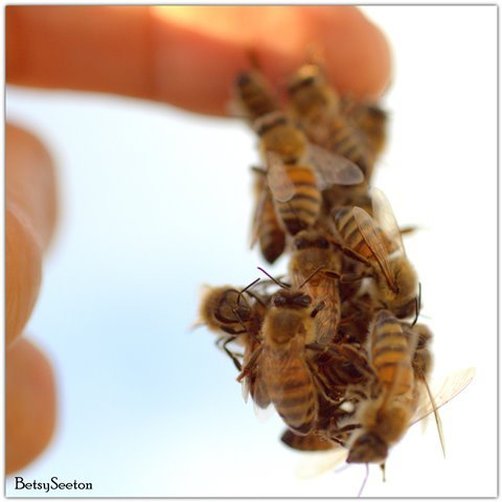
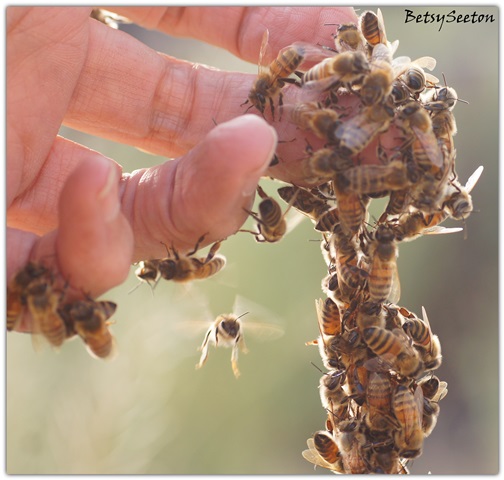
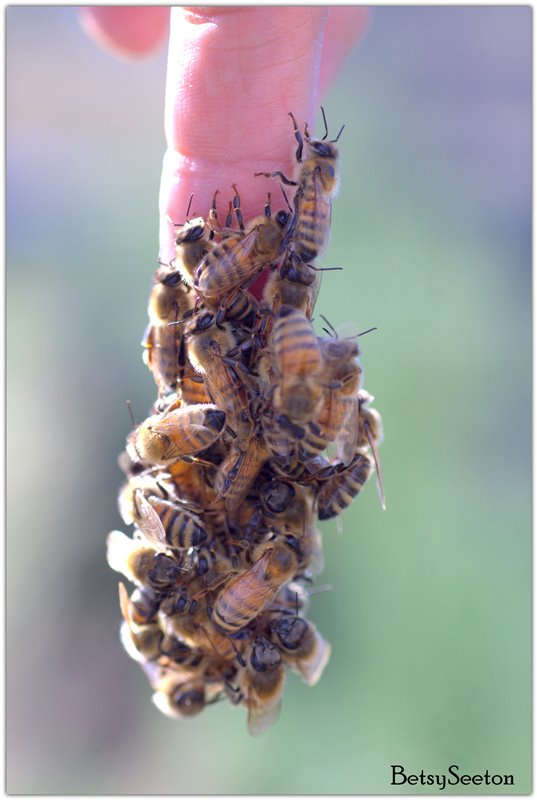
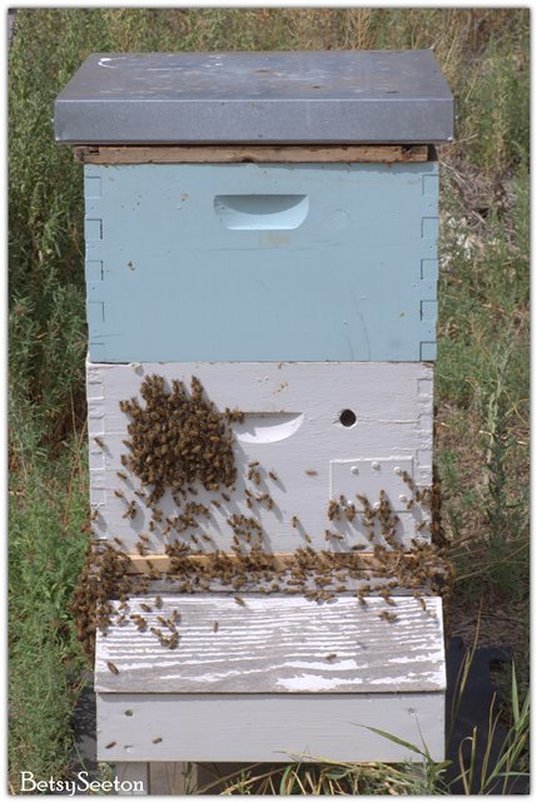
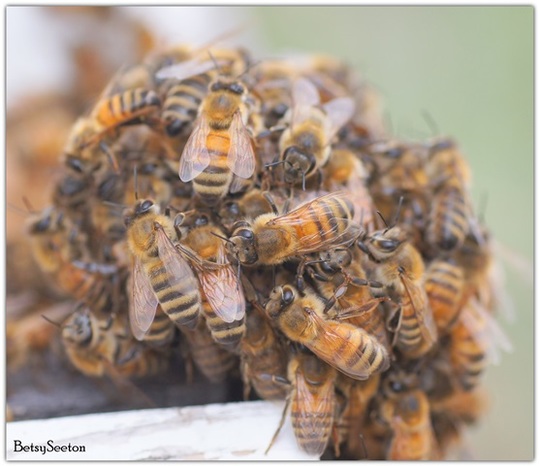
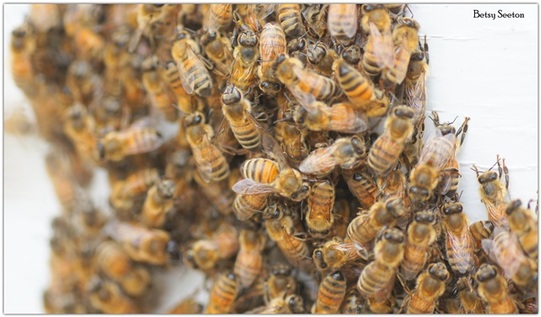
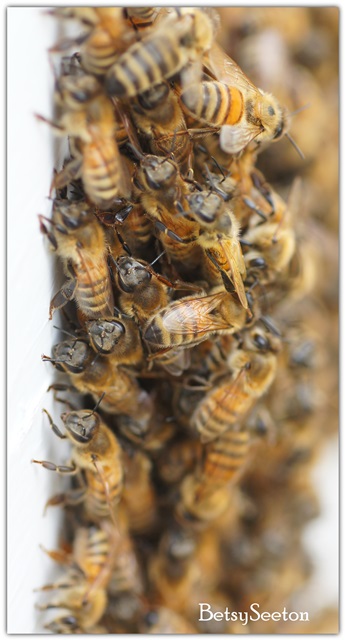
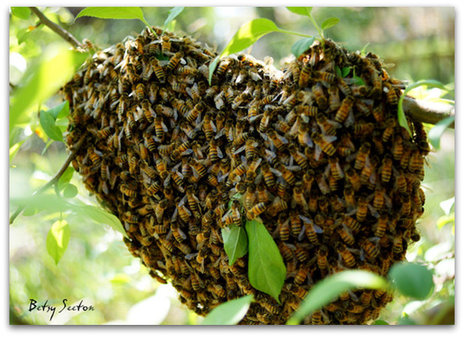
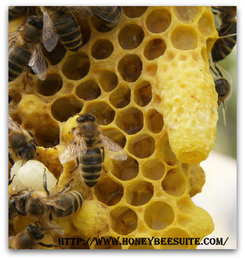
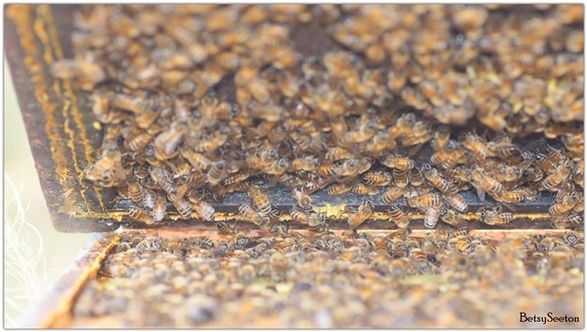
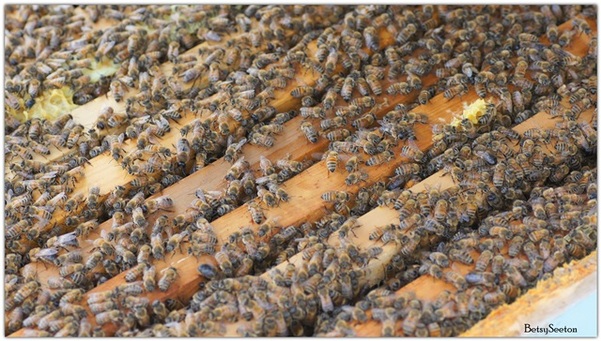
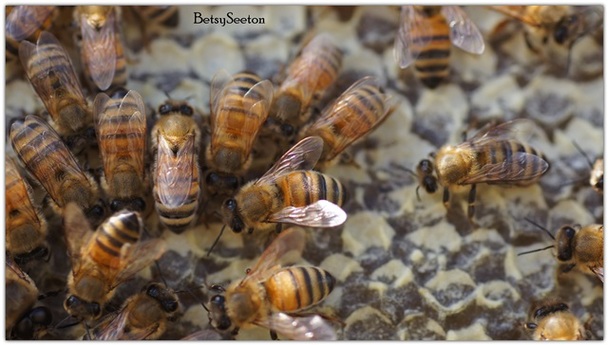
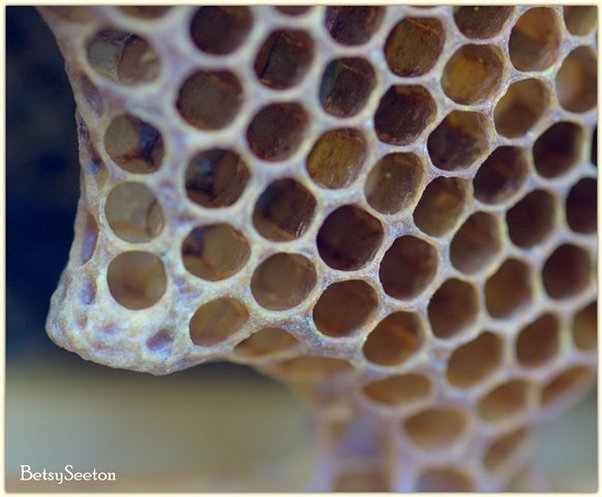
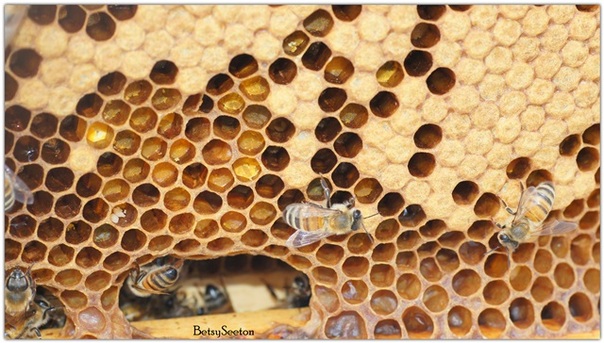
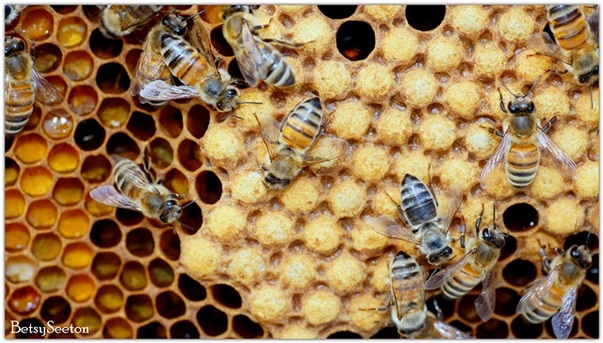
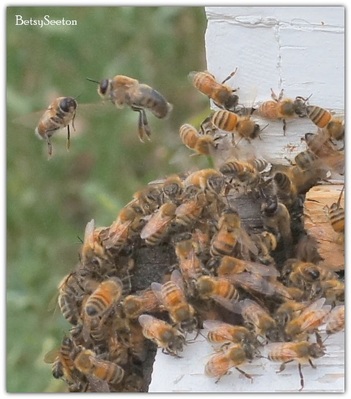
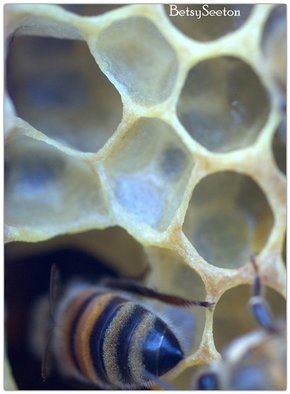
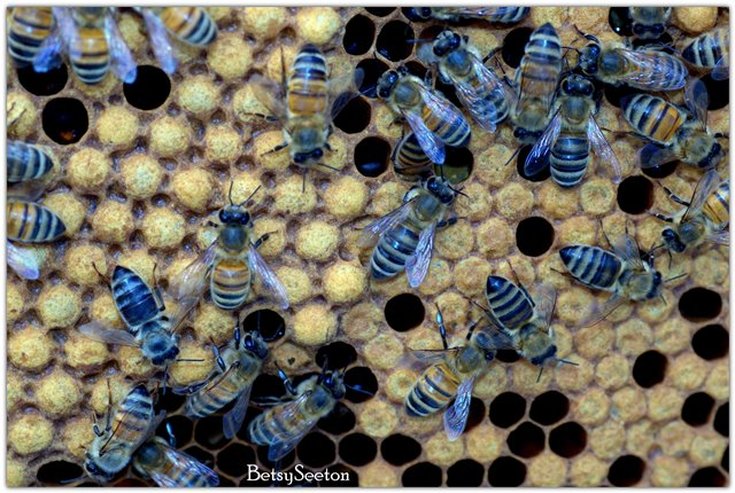
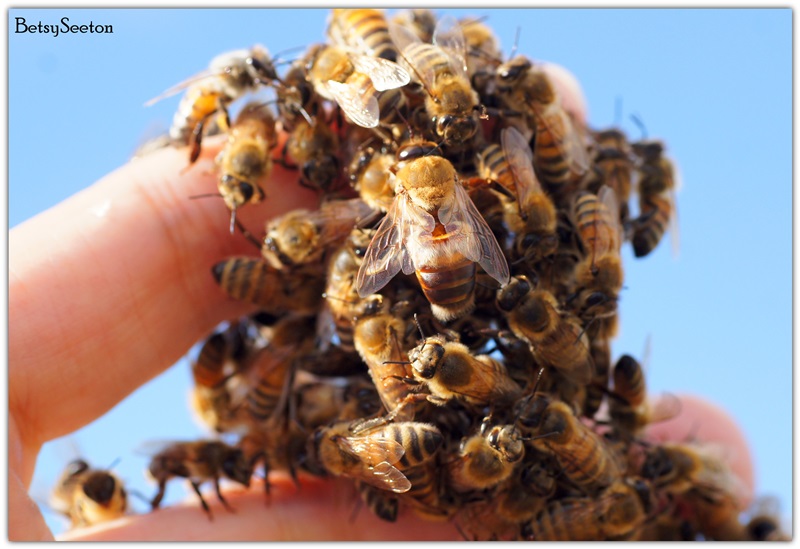
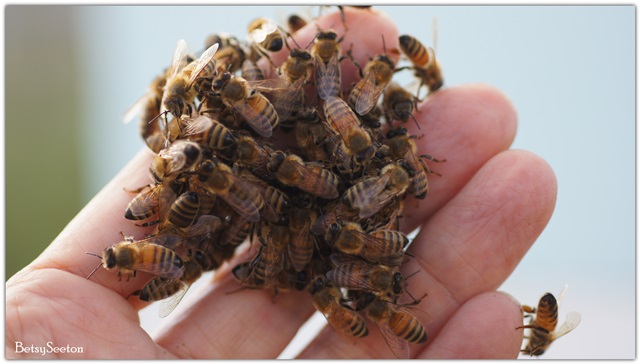
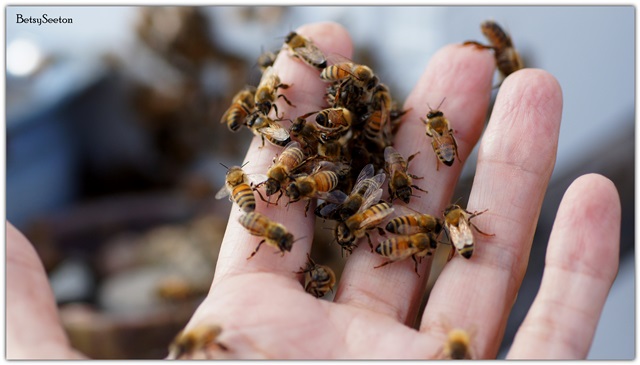
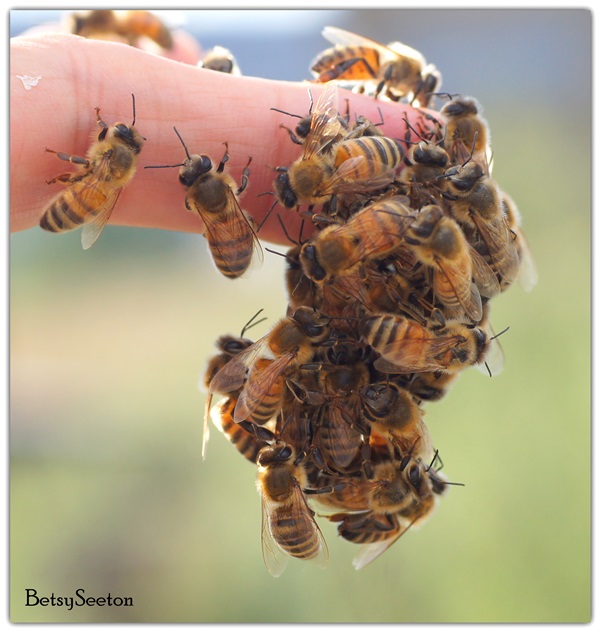
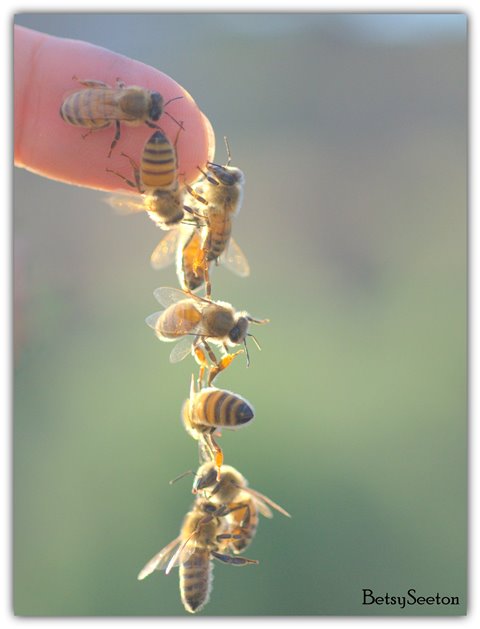
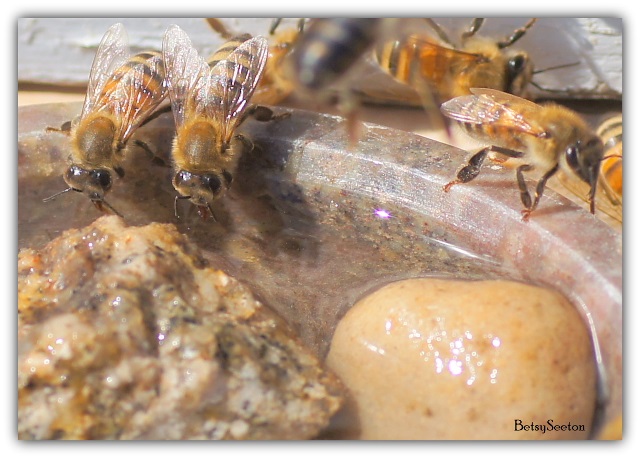
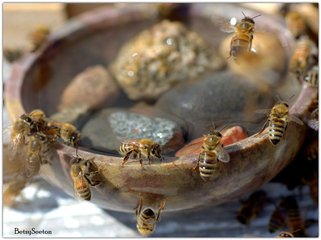
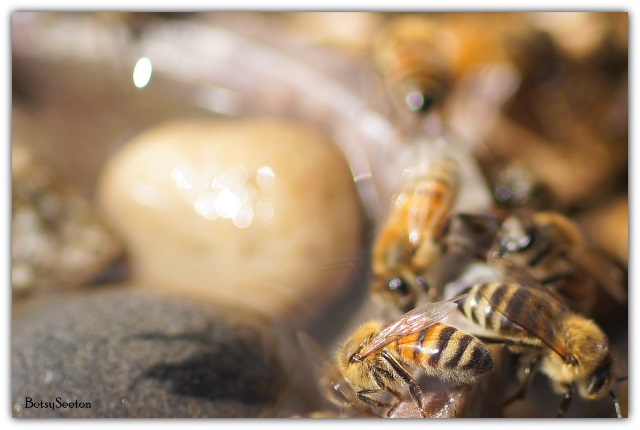
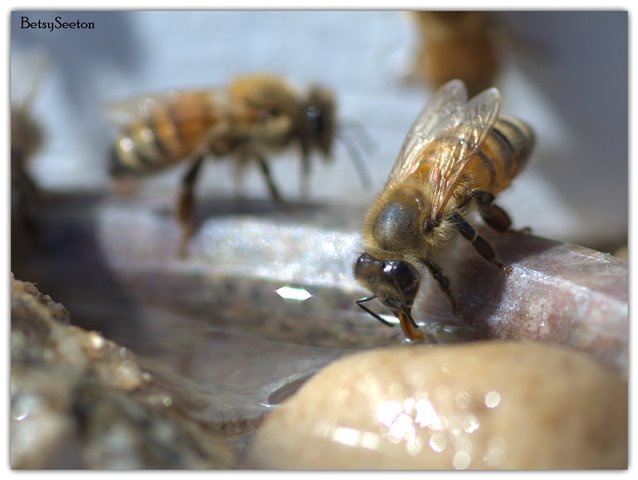
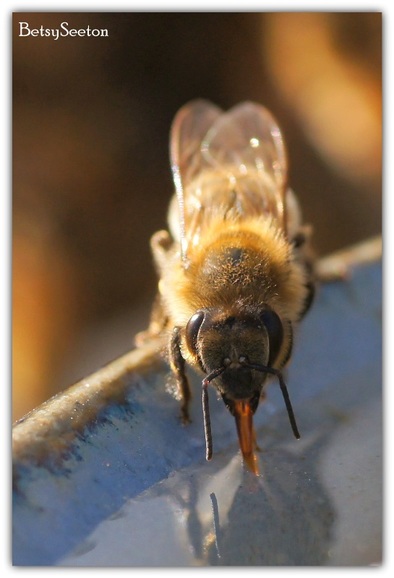
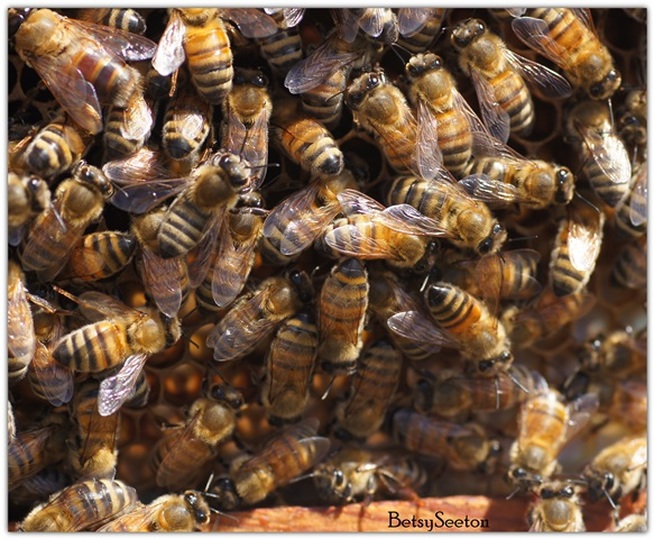
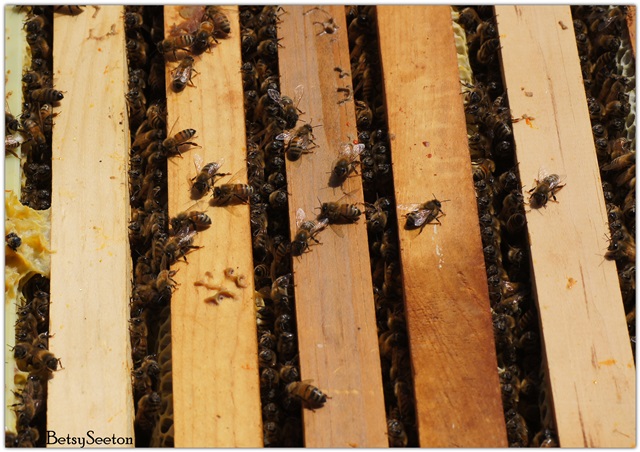
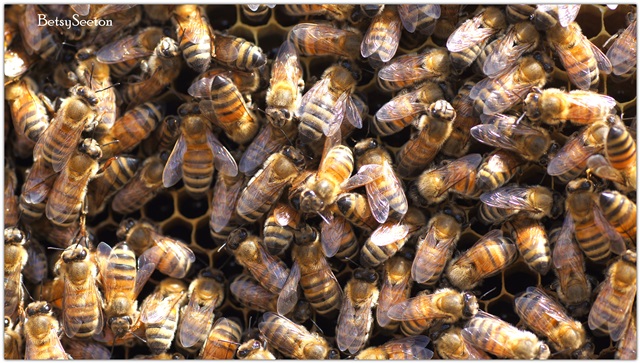
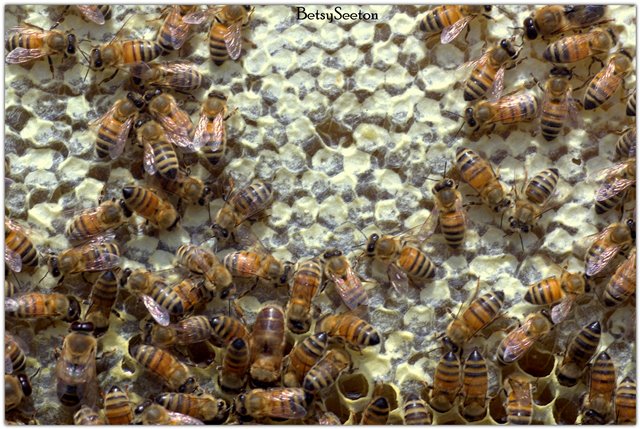
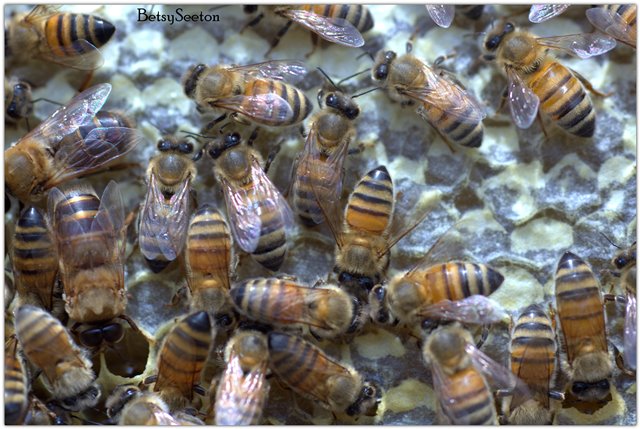
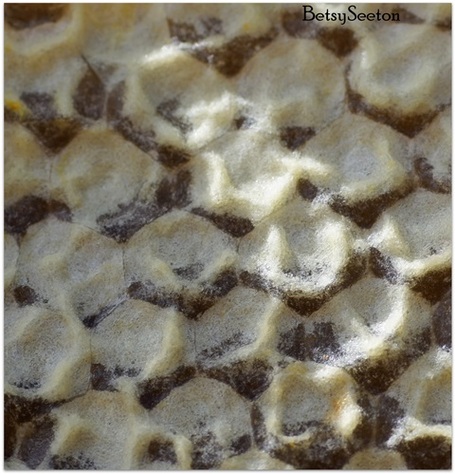
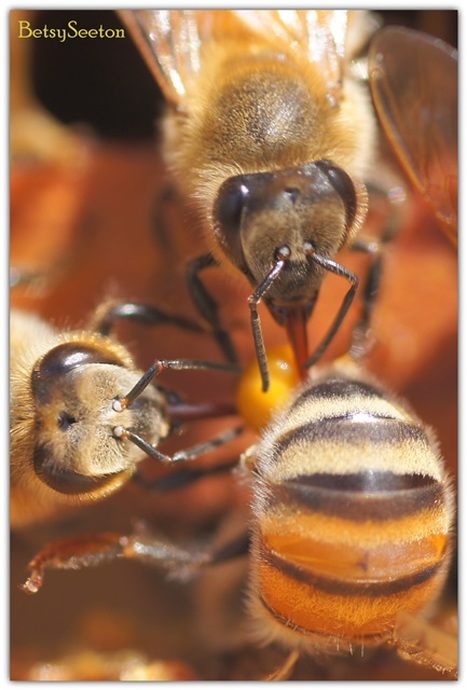
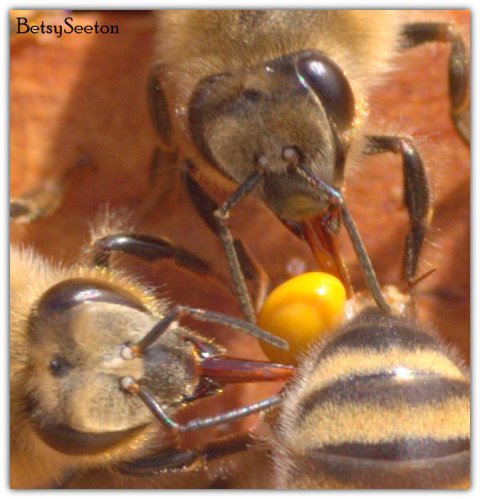
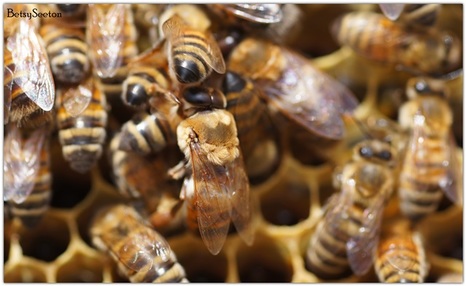
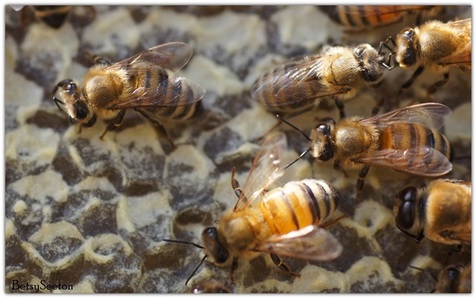
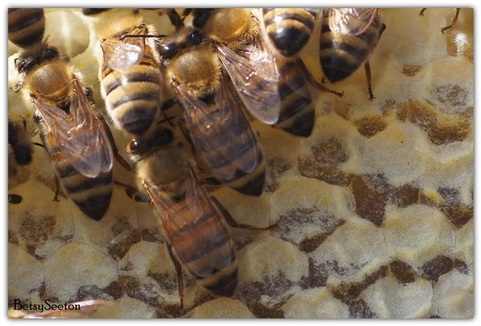
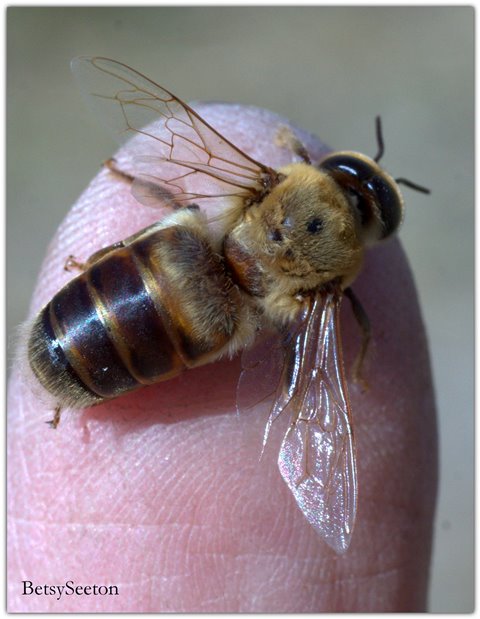
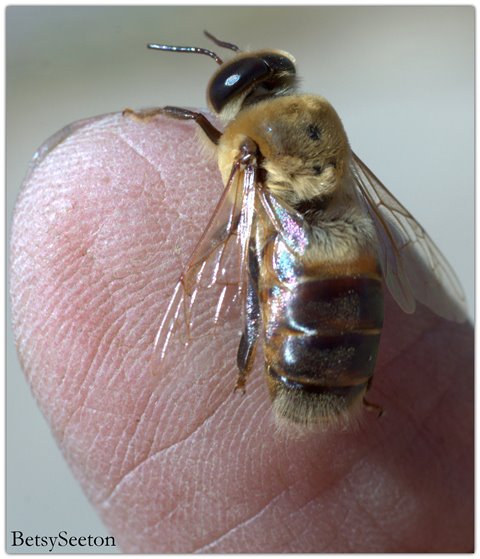
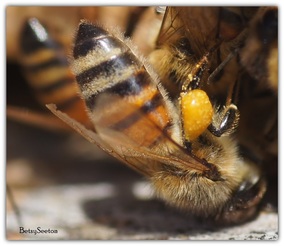
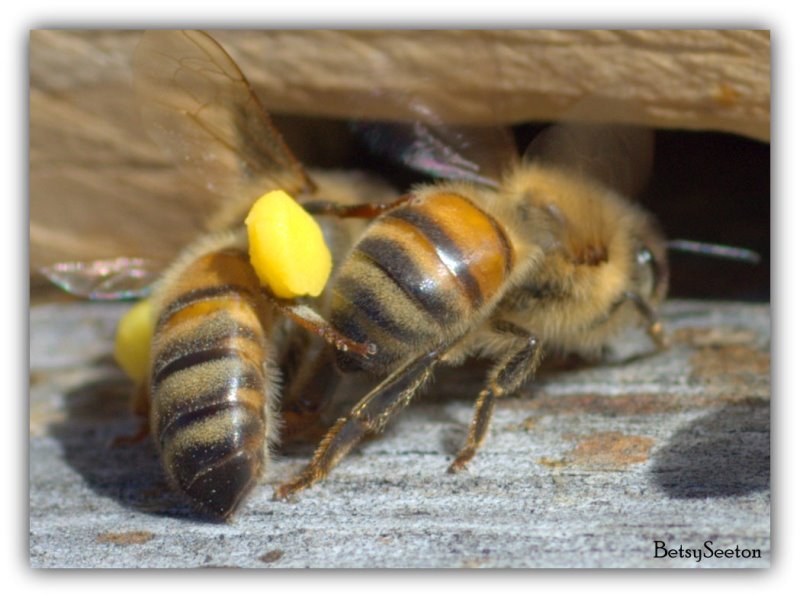
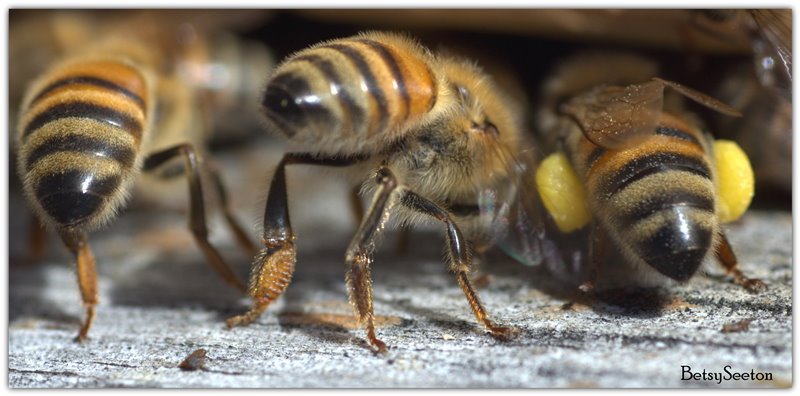
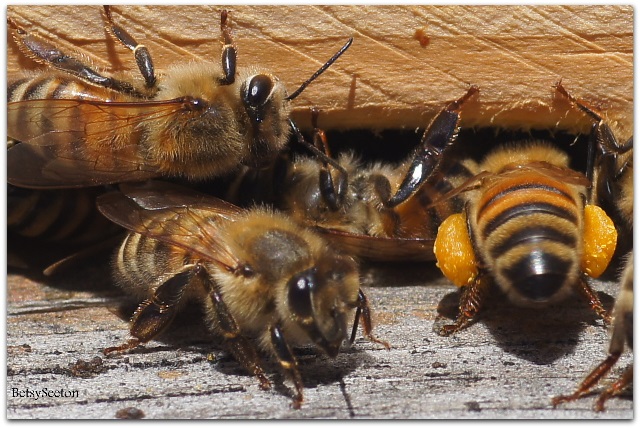
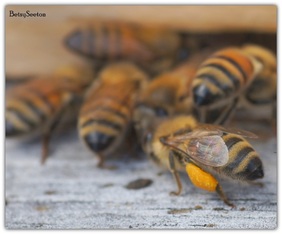
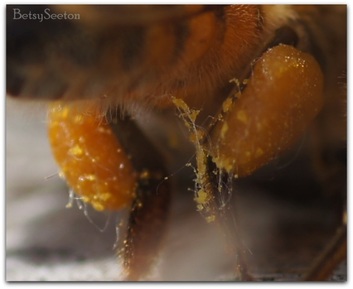
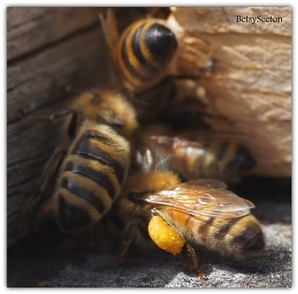
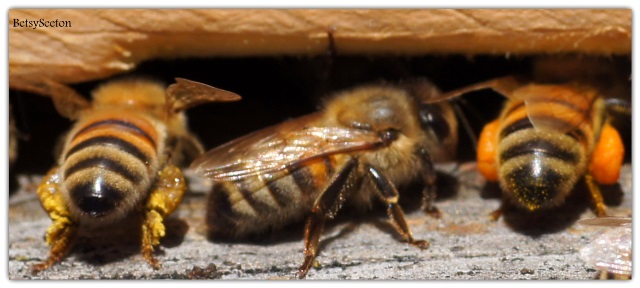
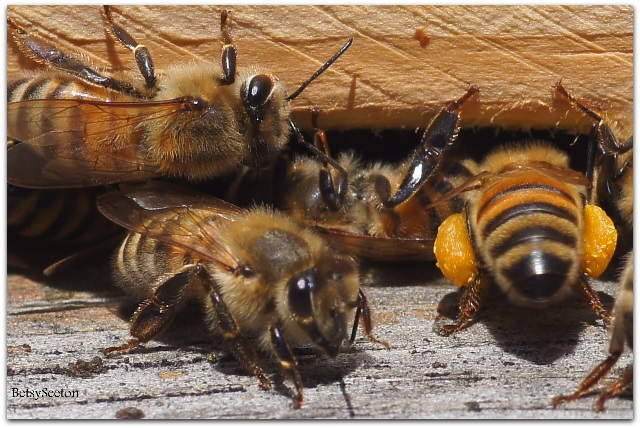
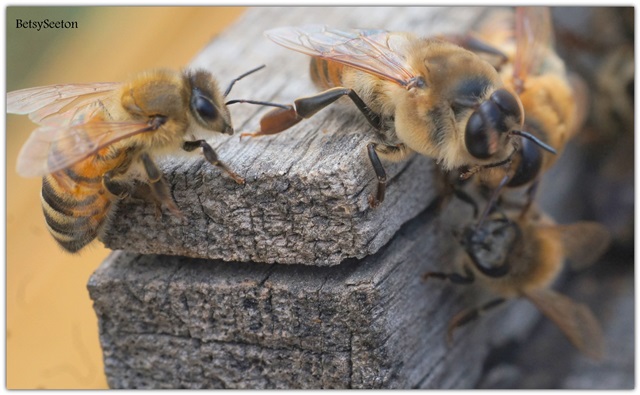
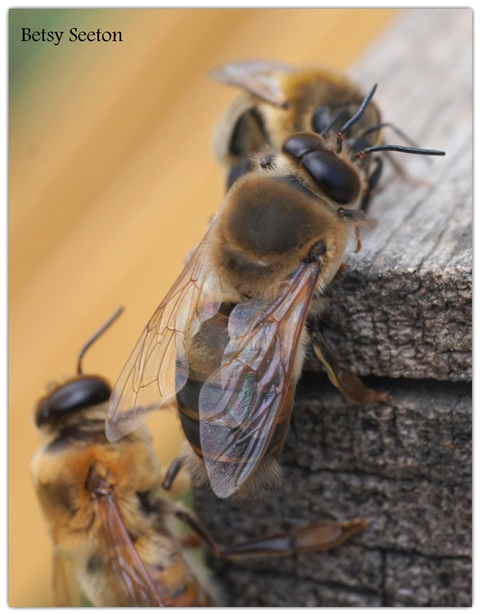
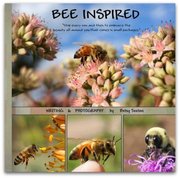

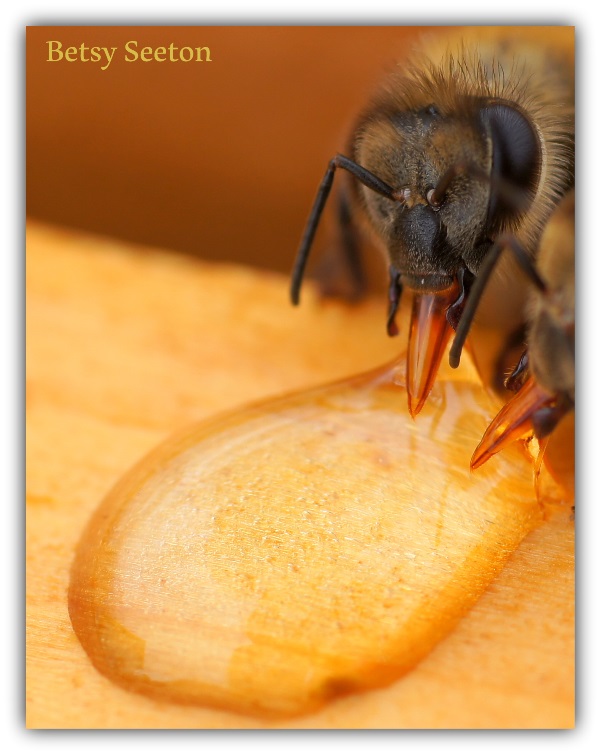
 RSS Feed
RSS Feed
